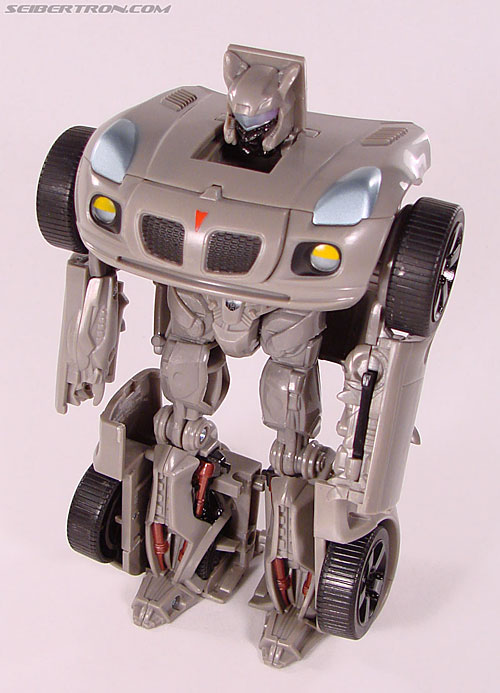


An uneasy balance between the powers of the Core, Mid-Rim Alliance and rising Mandalorian Freehold threatens to sunder the young nation before it could properly establish itself. There are countless worlds to bring back into the fold, and the specter of a renewed war with the Confederate Remnant is always on the horizon. While all available reinforcements race towards Reach, its defenders fight a desperate last stand.Īt the same time, a galaxy away, the Federated Empire rises from the ashes of the Clone Wars and the Black Rebellion, slowly rebuilding. When, not if, Reach falls, the UNSC would be able to prosecute the war for no more than a year at best, mere three months at worst. This has never been more obvious until now when the Covenant finally tracked UNSC to the fortress world of Reach – the last and greatest human bastion before Earth itself. The Covenant glassed hundreds of colonies and killed billions. Identification of a novel member of the chloride intracellular channel gene family (CLIC5) that associates with the actin cytoskeleton of placental microvilli.For thirty years, humanity led by the United Nations Space Command has fought a war against the alien alliance called the Covenant.(PMID: 11551966) Harrop SJ … Curmi PM (The Journal of biological chemistry 2001) 3 4 21 Crystal structure of a soluble form of the intracellular chloride ion channel CLIC1 (NCC27) at 1.4-A resolution.(PMID: 12163479) Shanks RA … Goldenring JR (The Journal of biological chemistry 2002) 3 4 21 Association of AKAP350 with a novel chloride intracellular channel (CLIC) family member. (PMID: 14613939) Littler DR … Curmi PM (The Journal of biological chemistry 2004) 3 4 21 The intracellular chloride ion channel protein CLIC1 undergoes a redox-controlled structural transition.(PMID: 9139710) Valenzuela SM … Breit SN (The Journal of biological chemistry 1997) 2 3 4 21 Molecular cloning and expression of a chloride ion channel of cell nuclei.Sea Urchin (Strongylocentrotus purpuratus).Schistosome Parasite (Schistosoma mansoni).Malaria Parasite (Plasmodium falciparum).Green Algae (Chlamydomonas reinhardtii).Fission Yeast (Schizosaccharomyces pombe).Firmicute Bacteria (Streptococcus pneumoniae).Filamentous fungi (Aspergillus nidulans).Chromalveolata (Phytophthora infestans).Beta proteobacteria (Neisseria meningitidis).Baker's yeast (Saccharomyces cerevisiae).Alpha proteobacteria (Wolbachia pipientis).African malaria mosquito (Anopheles gambiae).Actinobacteria (Mycobacterium tuberculosis).HCFC1 KLF6 SP1 POLR2A ATF2 DPF2 ZNF580 KLF17 NCOR1 JUNDĭXO STK19 lnc-DXO-3 HSALNG0049356 SKIC2 BRD2 DDX39B LY6G5B ATF6B LSM2 HCFC1 KLF6 SP1 DPF2 POLR2A ZNF580 KLF17 SIX5 NCOR1 ZNF184 RNF5 AGPAT1 DDX39B BRD2 LY6G5B LSM2 ATF6B MSH5 TNXB MICA KLF6 SP1 DPF2 POLR2A KLF17 ATF3 ZNF184 ZNF600 ZIC2 ZNF10 HCFC1 SP1 ZNF580 POLR2A ATF2 KLF17 NCOR1 JUND ZNF184 ZNF600 MSH5 CLIC1 MSH5-SAPCD1 LY6G5B DDX39B ATF6B LSM2 NFKBIL1 SKIC2 GTF2H4ĮPDnew Ensembl ENCODE CraniofacialAtlas dbSUPER SP1 KLF6 POLR2A DPF2 ATF2 KLF17 SIX5 JUND NCOR1 ATF3 RefSeq EPDnew FANTOM5 Ensembl ENCODE CraniofacialAtlas dbSUPER


 0 kommentar(er)
0 kommentar(er)
